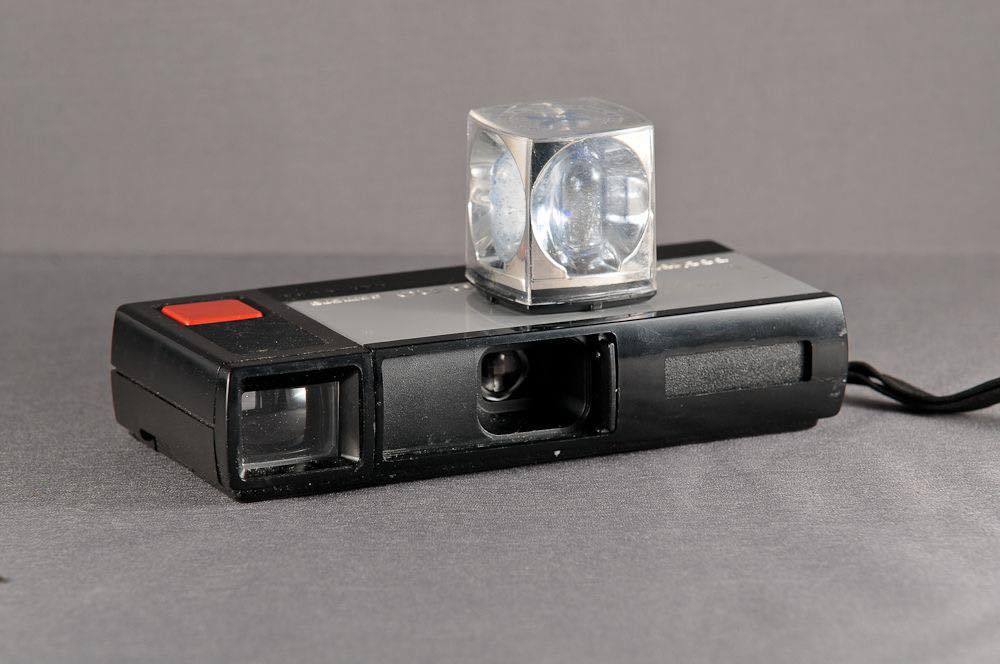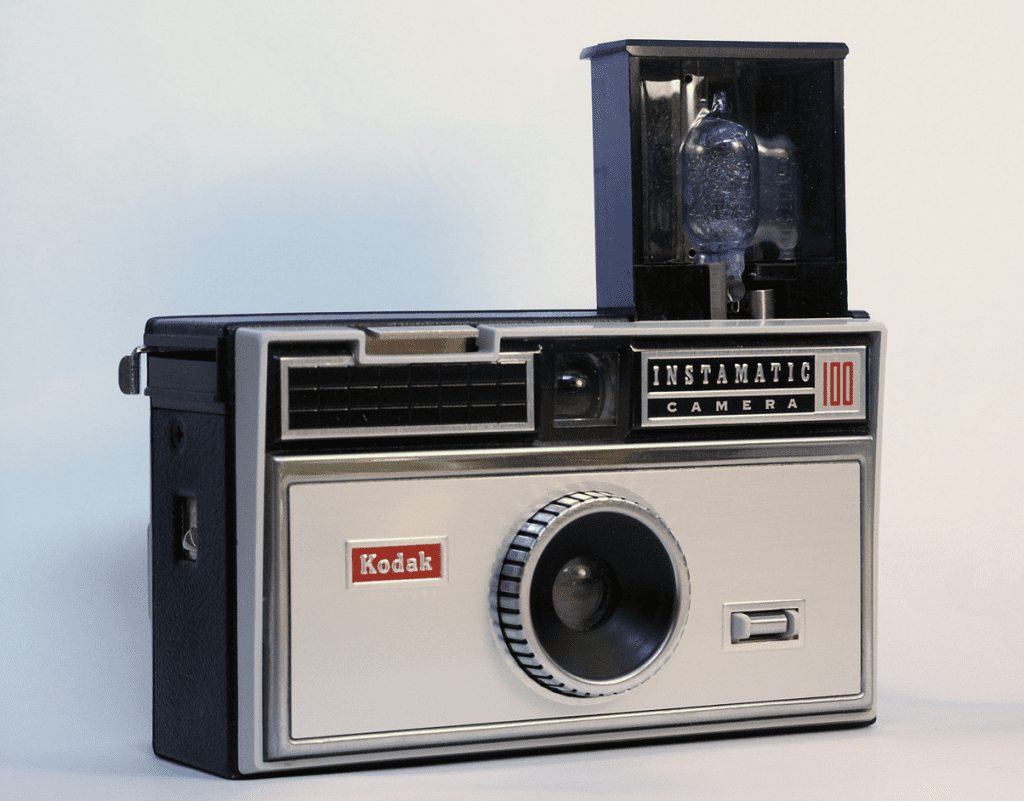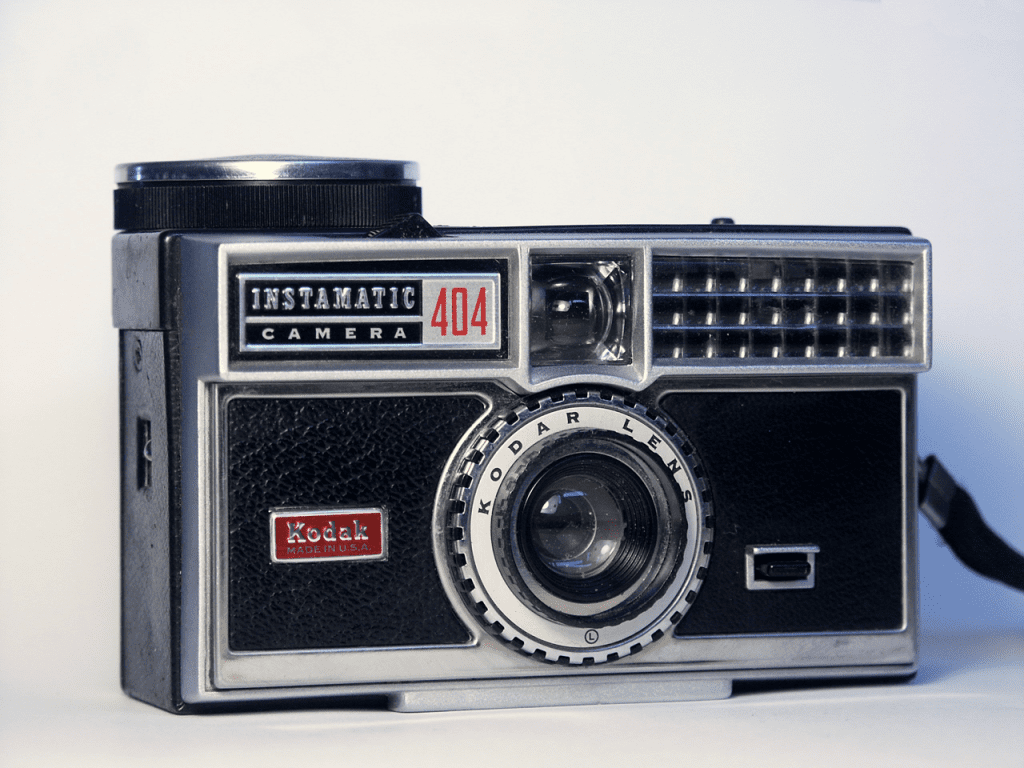Kodak Pocket Instamatic 20: The Camera That Revolutionized Photography
Introduction: The Rise of the Instamatic Series
The Kodak Instamatic series was a game-changer in the world of photography. Launched in the 1960s, these cameras were affordable, easy to use, and featured a revolutionary film-loading system. Among them, the Kodak Pocket Instamatic 20 stands out as an iconic model that helped make photography more accessible to millions of people worldwide.
The Birth of the Kodak Instamatic Series

The Instamatic series, introduced in 1963, was designed to make photography simple for the average consumer. Kodak’s innovative 126 film cartridge made film-loading as easy as inserting a cartridge, eliminating the frustrations of traditional film threading.
- User-Friendly Design
The Instamatic’s design was aimed at users of all skill levels, allowing anyone to capture moments with ease. Its affordability and simplicity made it a go-to choice for families, travelers, and amateur photographers. - Instant Success
The Instamatic series was an instant hit, selling over 50 million units between 1963 and 1970. Its influence extended beyond the U.S., making it a global sensation that spawned numerous imitators.
Introduction to the Pocket Instamatic 20
In 1972, Kodak introduced the Pocket Instamatic series, which included models like the Pocket Instamatic 20. These cameras utilized the new 110 film format, a smaller version of the 126 cartridge that allowed for even more compact designs.
- Compact and Portable
The Pocket Instamatic 20 was one of the smallest cameras in the series, making it ideal for travel and everyday use. Its lightweight body and pocket-friendly size made it a popular choice for photographers on the go. - Simple Operation
The camera featured a single shutter speed of 1/100 second, which changed to 1/40 second when a flashcube was inserted. This straightforward functionality made it an easy-to-use camera for capturing snapshots without complicated settings.
Features of the Pocket Instamatic 20
The Kodak Pocket Instamatic 20 was designed to be user-friendly while maintaining good picture quality for casual photographers.
- Fixed-Focus Lens
The Pocket Instamatic 20 came with a 25 mm f/9.5 fixed-focus lens. While it lacked advanced focusing capabilities, the lens was suitable for most daylight conditions and provided clear, crisp images for standard prints. - Film Cartridge Design
Like other Instamatics, the Pocket Instamatic 20 used a film cartridge system that made loading and unloading film simple and fast. This was a key factor in its popularity, as it eliminated the risk of ruining film rolls through mishandling. - Flashcube Compatibility
The Pocket Instamatic 20 was compatible with Kodak’s flashcube system, which allowed for four flashes per cube. This addition made it easy to capture photos in low-light conditions, further enhancing the camera’s versatility.
The Impact of the 110 Film Format
The 110 film format introduced with the Pocket Instamatic series was designed to be compact and user-friendly.

- Easy-Load Film
The 110 cartridge featured an integral take-up spool and built-in backing plate, simplifying film-loading and ensuring proper film positioning every time. This reduced the chances of film jams or exposure errors, making it an ideal choice for beginners. - Versatile Use
The small film size allowed photographers to carry multiple rolls without bulk. Although the film’s small negative size limited image quality, it was suitable for everyday snapshots and family albums.
Popularity and Legacy of the Pocket Instamatic 20
The Pocket Instamatic 20 was more than just a camera; it was a cultural symbol of the 1970s.
- Mass Appeal
With over 25 million Pocket Instamatics produced in under three years, the series became a household name. Its success can be attributed to its affordability, portability, and ease of use. - Kodak’s Marketing Strategies
Kodak’s clever marketing campaigns, including partnerships and promotions, helped cement the Pocket Instamatic 20’s popularity. It was marketed as a camera for everyone—families, tourists, and casual photographers alike. - Inspiration for Future Cameras
The Instamatic series, including the Pocket Instamatic 20, set a new standard for simplicity and affordability in photography. Its influence can be seen in later compact cameras, point-and-shoots, and even digital cameras, which have continued the tradition of easy operation and portability.
Challenges and Limitations of the Pocket Instamatic 20
While the Kodak Pocket Instamatic 20 was popular, it did have its limitations.

- Limited Image Quality
The small negative size of the 110 film (13×17 mm) meant that prints were usually kept small. Enlarging prints often revealed the film’s graininess and limited detail, which was a drawback for users seeking higher-quality images. - Lack of Advanced Features
The fixed-focus lens and limited shutter speeds meant that the Pocket Instamatic 20 was best suited for outdoor, well-lit scenes. It lacked the flexibility of more advanced cameras, which offered adjustable settings for different lighting conditions. - Durability Concerns
The plastic build of the camera, while lightweight, was not as durable as some of Kodak’s earlier models. This meant that the Pocket Instamatic 20 was prone to wear and tear over time, making it less appealing for professional or long-term use.
The Cultural Impact of the Pocket Instamatic 20
Despite its limitations, the Kodak Pocket Instamatic 20 holds a special place in photographic history.

- A Symbol of 1970s Culture
The camera’s compact design and ease of use made it a symbol of the casual, carefree spirit of the 1970s. It allowed people to capture spontaneous moments with minimal effort, making it an essential part of family gatherings, vacations, and social events. - Influence on Digital Photography
The simplicity and portability of the Pocket Instamatic 20 laid the foundation for future digital point-and-shoot cameras. Its impact can be seen in today’s smartphone cameras, which aim to offer the same user-friendly experience but with higher image quality.
Conclusion: The Legacy of the Kodak Pocket Instamatic 20
The Kodak Pocket Instamatic 20 was more than just a camera; it was an innovation that brought photography to the masses. Its compact design, easy operation, and affordability made it a staple of casual photography in the 1970s and beyond. While its image quality was limited by the small film format, the camera’s influence can still be felt today, as modern digital cameras and smartphones continue to prioritize ease of use and portability.
The legacy of the Kodak Pocket Instamatic 20 remains a testament to Kodak’s pioneering spirit, reminding us of a time when capturing moments became a simple, everyday pleasure.


